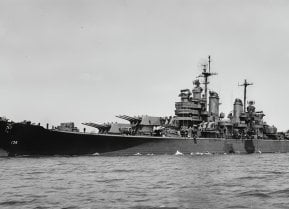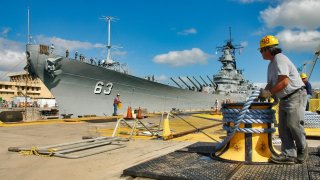U.S. Navy Battleship USS Missouri Made the Ultimate Comeback
Perhaps the most famous battleship ever constructed for the U.S. Navy - and also perhaps the most powerful as well - the Iowa-Class USS Missouri has a well-respected history.
USS Missouri – This Iowa-class battleship made some amazing comebacks - Perhaps the most famous battleship ever constructed for the U.S. Navy, the USS Missouri has a well-respected history.
The Iowa-class battleship played leading roles in the Second World War, the Korean War, and the Gulf War.
Nicknamed “Mighty Mo,” the formidable ship is also where Japan officially surrendered to the Allies in 1945 by signing the Instrument of Surrender. Today, the USS Missouri is docked at Pearl Harbor in Hawaii.
The history of the Iowa-class battleships
In the early twentieth century, U.S. officials were already making contingency plans for a potential war with Japan in the Pacific. War planners established the U.S. Navy’s War Plan Orange to anticipate better how the service could engage successfully and advance in the Central Pacific in case of war.
The Japanese had developed its Kongo-class battlecruisers around this time, faster than the U.S. Navy’s counterparts. To combat this, the service desired a special strike force comprised of speedy battleships operating alongside destroyers and carriers.
This vision later evolved into the Fast Carrier Task Force. Amidst these developments, Japan also refused to sign the Second London Naval Treaty, which limited the warship tonnage for the U.S., Britain, and Japan. Without Japan’s agreement to abide by these guidelines, the U.S. amended its standard displacement limit of battleships from 35,000 tons to 45,000 tons.
In 1938, Congress passed the Second Vinson Act, which mandated a 20% increase in the strength of the Navy. Previous acts had authorized the construction of the first U.S. battleships in nearly two decades.
Then-president Franklin D. Roosevelt signed the treaty, and work on the Iowa-class battleships officially began. Each vessel in this class measures 850 feet in length. Four General Electric steam turbines power each ship, using steam provided by eight oil-fired Babcock and Wilcox boilers. These turbines were designed to provide a maximum speed of 32.5 knots, and the battleships had a cruising range of 15,000 nautical miles.
Like its battleship predecessors, the Iowa-class featured a triple bottom under the armored citadel.
Regarding armament, nine 16-inch Mark 7 naval guns are fitted onto each ship. Additionally, 20 five-inch guns, 80 40mm anti-aircraft guns and 49 20mm anti-aircraft guns were incorporated on each ship.
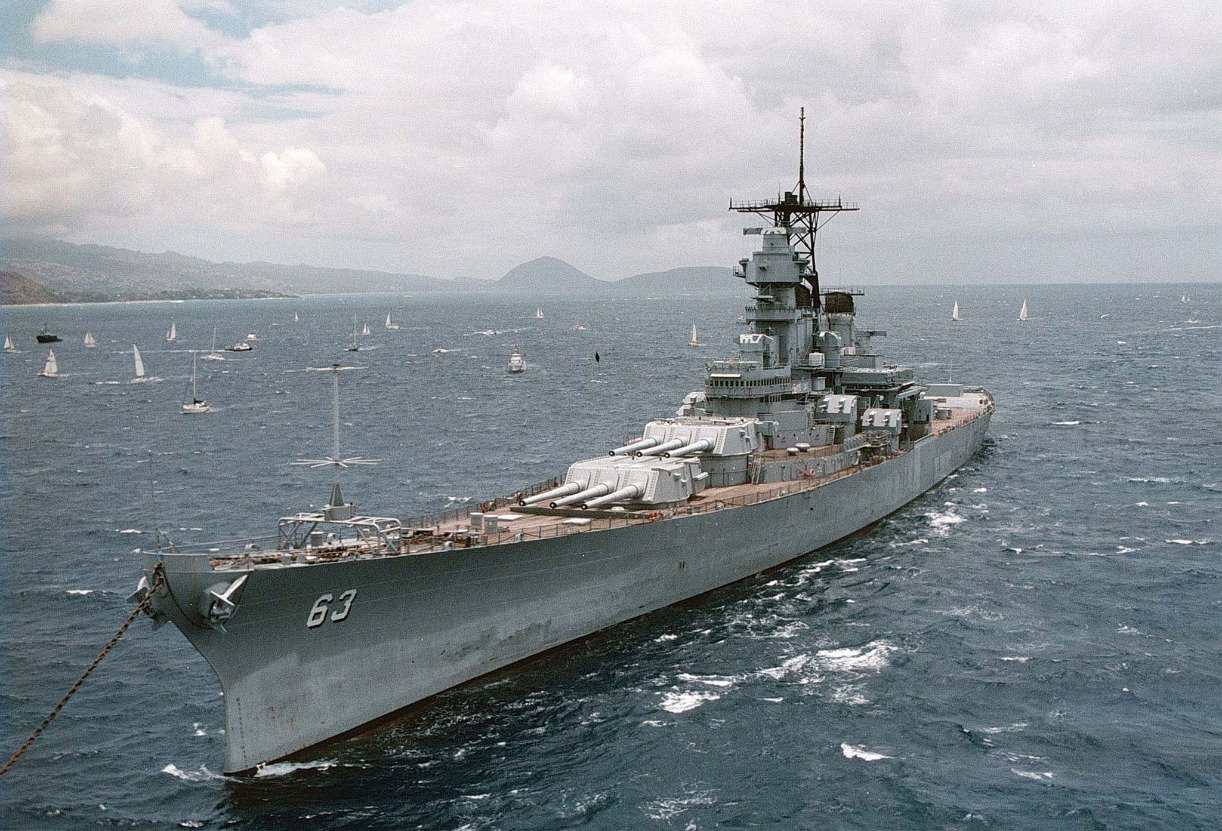
Introducing the USS Missouri
The USS Iowa was the lead ship in this class, first launched in 1942. She was joined by sister ships USS New Jersey, USS Missouri, USS Wisconsin, USS Illinois and USS Kentucky through the decade. However, after the USS Missouri was constructed, the rest of the class was later canceled as the Navy’s priorities shifted to its newer Essex-class aircraft carriers. The Missouri was the third U.S. Navy ship to be named after the Show Me state. In 1841, the first USS Missouri was constructed as a frigate. The second Missouri was built as a Maine-class battleship first launched in 1901.

The keel for the USS Missouri Iowa-class battleship was laid down in 1941 at the Brooklyn Navy Yard. She conducted her initial sea trials off the coast of New York. By the end of the year, the battleship sailed for the West Coast for the U.S., passing through the Panama Canal a week later.
During the Second World War, USS Missouri was assigned to the Pacific Theatre, where she participated in the Battles of Okinawa and Iwo Jima, as well as shelling the Japanese home islands. Notably, the Missouri came under attack from a kamikaze that struck the side of the vessel in 1944. Although the impact shattered the aircraft, only superficial damage to the battleship was inflicted.
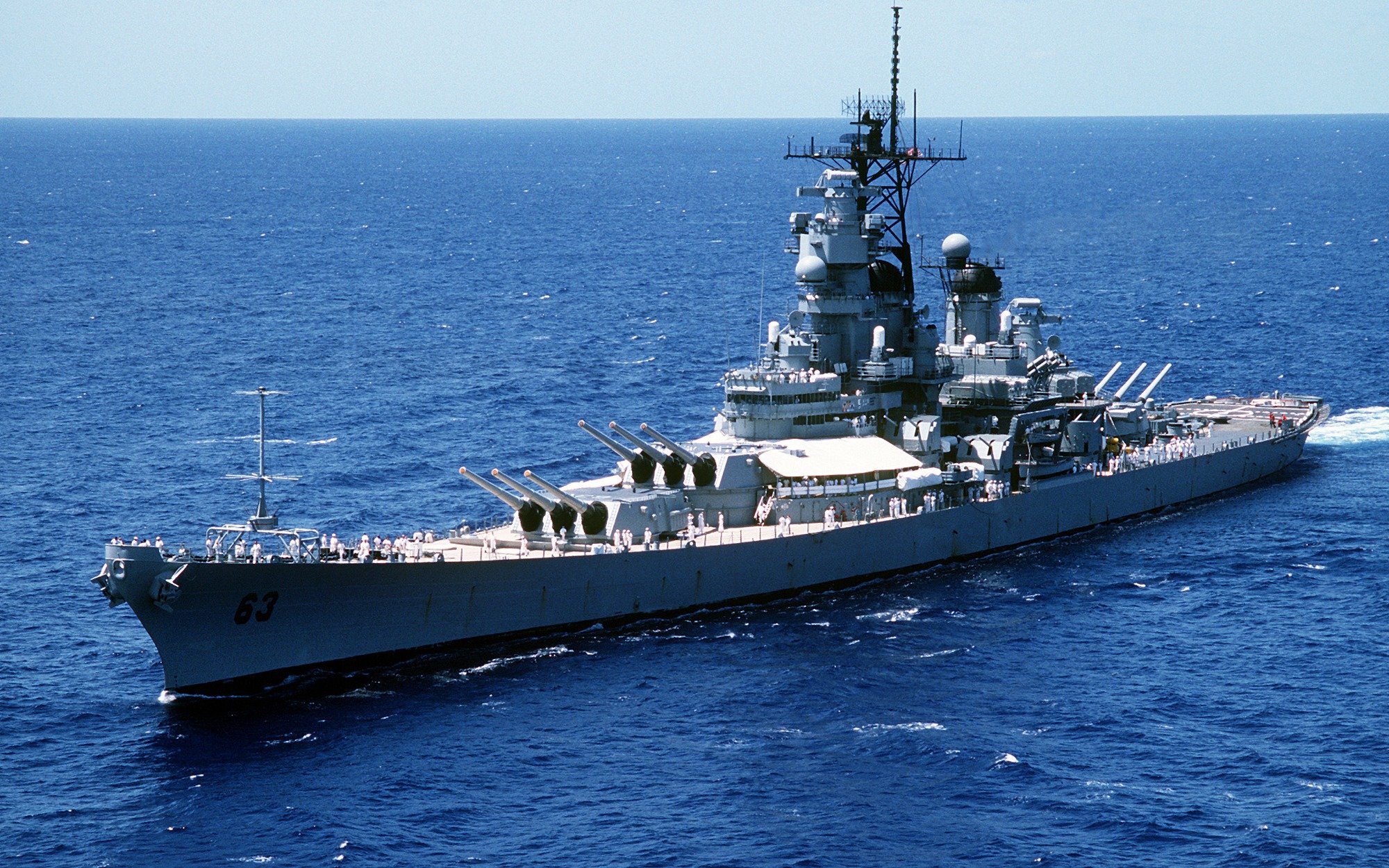
Following her honorable service in World War II, the Missouri underwent an overhaul in the late 1940’s. New Mark 13 fire-control radars were fitted onto the battleship and several other enhancements helped the ship retain an edge in the post-war period. By 1950, the Missouri became the first American battleship to reach Korean waters in the early days of the Korean War. She carried out bombardment missions in the Tanchon and Chongjin regions around this time. During her deployment against the Kojo area, the battleship fired nearly 3,000 sixteen-inch shells and more than 8,000 five-inch shells.
Although rapidly aging following the Korean War, the USS Missouri was not quite ready for retirement. The formidable battleship would see combat again in the early 1990s during the Gulf War. In 1991, the battleship bombarded defenses in occupied Kuwait. By the end of the war, the Missouri would launch a total of 783 sixteen-inch shells in addition to 28 Tomahawk cruise missiles.
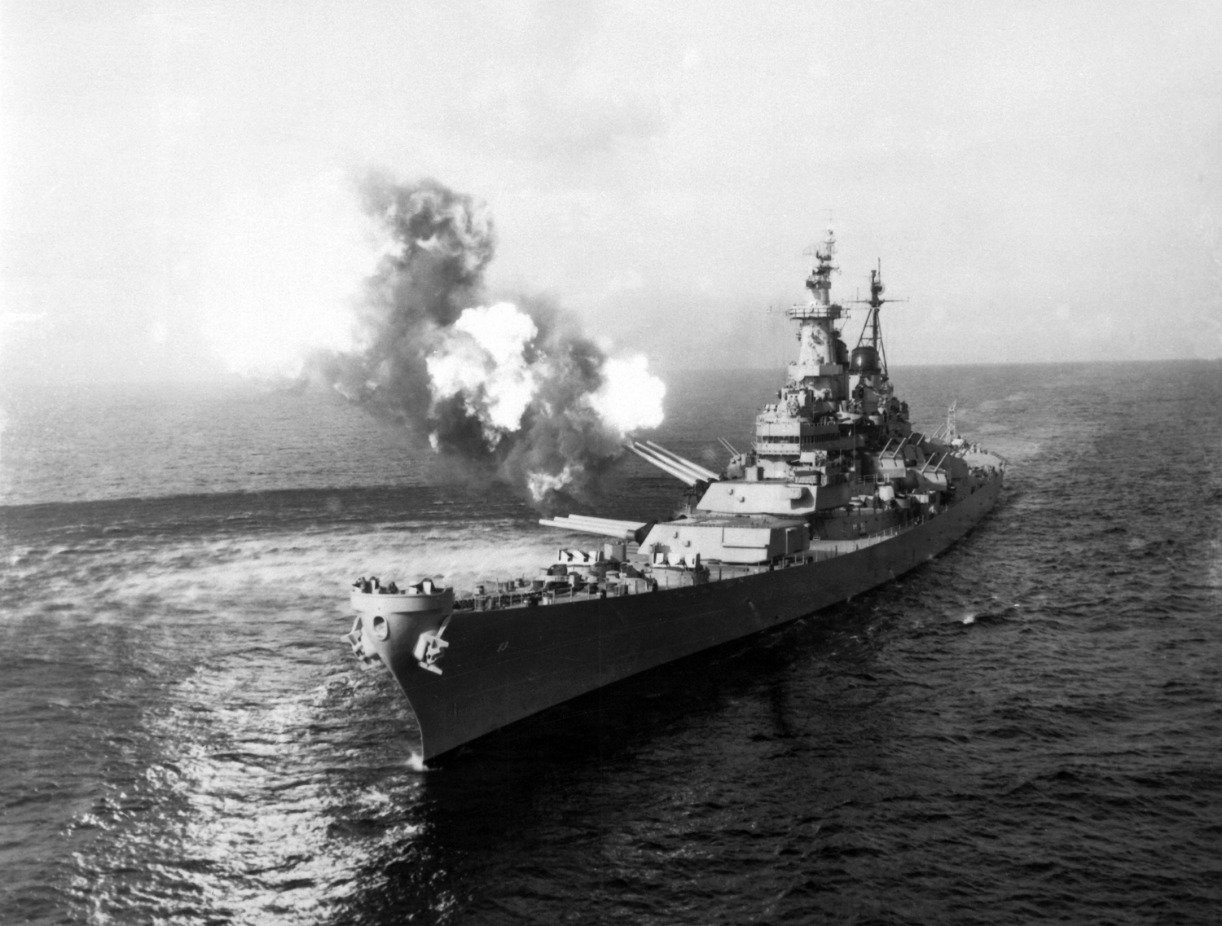
Despite the Missouri’s extensive combat history, the ship was relegated to retirement in the late 1990s. Following the dissolution of the Soviet Union, drastic cuts were made to the country’s defense budget, including the nearly fifty-year-old battleship’s service life.
About the Author: Maya Carlin
Maya Carlin, National Security Writer with The National Interest, is an analyst with the Center for Security Policy and a former Anna Sobol Levy Fellow at IDC Herzliya in Israel. She has by-lines in many publications, including The National Interest, Jerusalem Post, and Times of Israel. You can follow her on Twitter: @MayaCarlin.
All images are Creative Commons.
